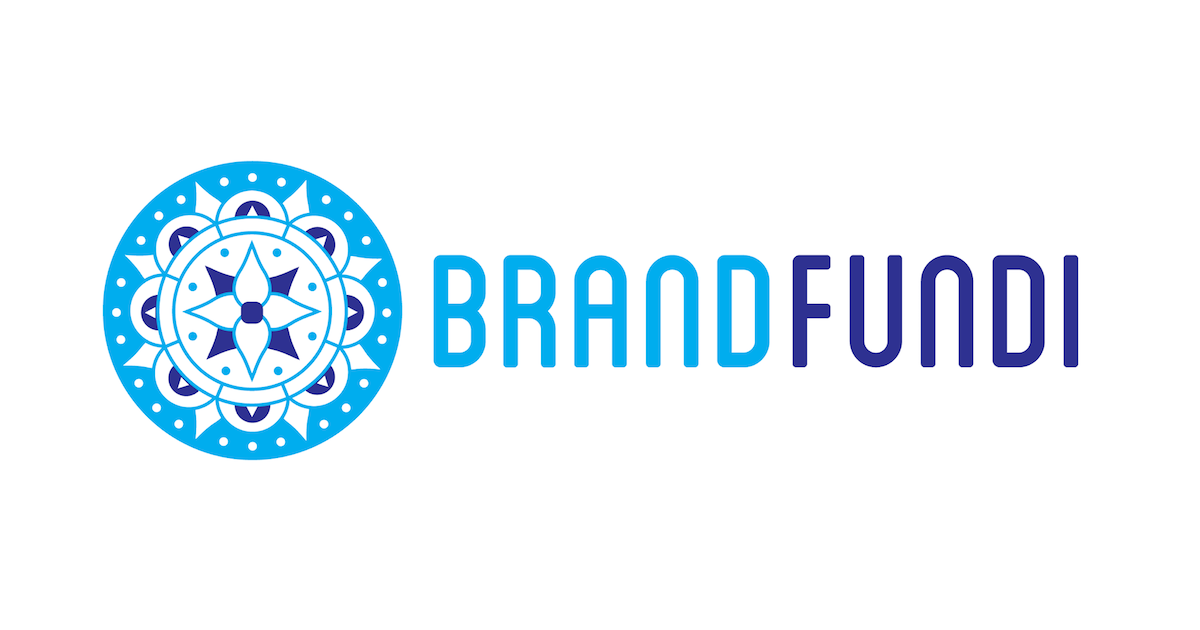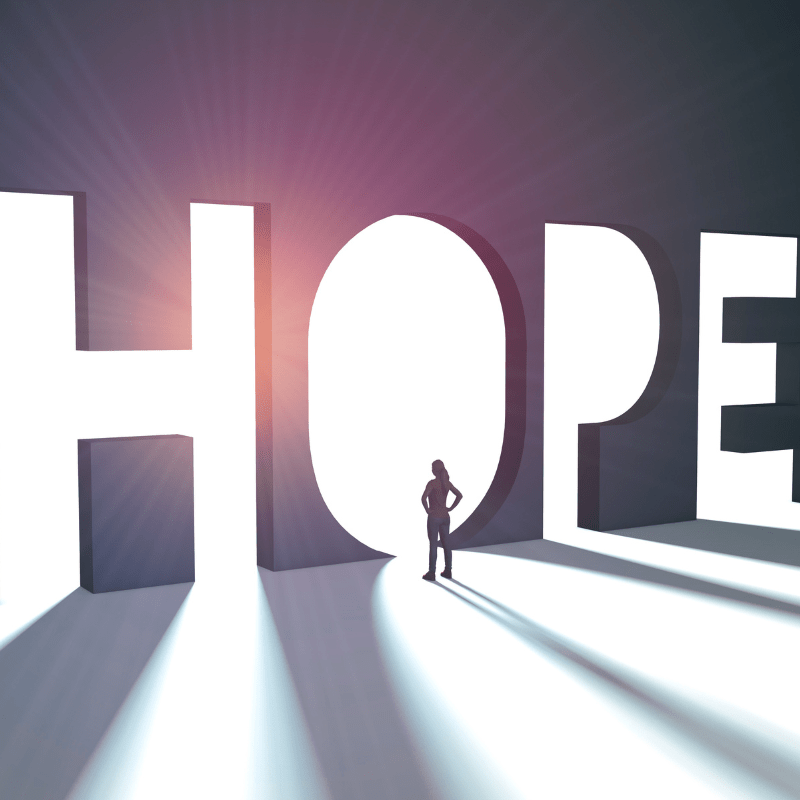Hope is a state of optimism and serves to relieve powerlessness and anxiety while promoting well-being. It’s a mindset that, even without certainty, provides comfort in an anticipated positive outcome.
With all that’s going on in the world and its crippling impact on consumers, brands have a crucial role in being a source of hope; more especially, as many countries suffer from insufficient government support. NY Magazine shared that “over the past two decades, political elites the world over have done more to undermine their constituents’ faith in state power than to consolidate it.” The Pew Research Centre added, “Public trust in government remains low, as it has for much of the 21st century.” And back in 2021, Time published that the “public trusts businesses over government to solve our problems.”
Brands have the power to step up and be the ‘hero’, offering consumers hope and creating a more certain future for themselves. It presents an opportunity for brands to leverage this to safeguard themselves from the cost-of-living crisis.
“Businesses are stepping in to support their customers in a time of need, by freezing product prices, creating loyalty and rewards schemes, and offering discounts,” according to Contagious magazine. It’s as simple as demonstrating care or concern for consumer pain points. By listening to what consumers want or need and helping them by offering emotional and/or financial support, brands can win favour and forge lasting connections and brand loyalty.
In other words, showing brand empathy for consumers during these vulnerable times can offer them hope, and in return, brands can benefit from it through sustained support. In an article published about the Empathy Value Index “Consumers want brands to mean what they say, understand what they need, make them feel heard, and make life better.” The report confirms that operating with empathy enhances revenue.
Some recent examples of how brands can do this include:
- McDonald’s introduced MyMcDonald’s Rewards, which promises guaranteed rewards. Points are awarded for spending, allowing customers to accumulate and redeem for free meals.
- Woolworths South Africa committed R750m to lower food prices; “To be more accessible to more customers.” Roy Bagattini, Group CEO – Woolworths Holdings, said in August 2022, “We’ve actually announced a R750 million investment in what we say is price, across a different number of categories. The results of these initial investments that we’re making in this space show that we are increasing our levels of transactions by over 10% in the prior year. What’s important about that… is it brings new customers into the brand.”
- Iceland Foods launched a payment-by-instalment plan offering interest-free grocery loans in the UK. Successful applicants can borrow up to £100 (just under R2 000) to pay for food at one of its outlets.
- Iceland also partnered with Utilita, an energy company, to offer free workshops to help consumers save more than £600 a year, including the cheapest way to prepare foods (e.g., microwaving rather than oven cooking) on its packaging, as part of its Shop Smart, Cook Savvy campaign.
As the MD of a Belgium experience-driven communication agency said, “Humanity has enough to contend with, from fighting global warming to creating a more equal society, and people expect brands to play their part. Consumers want brands to mean what they say, understand what they need, make them feel heard, and make life better.”




